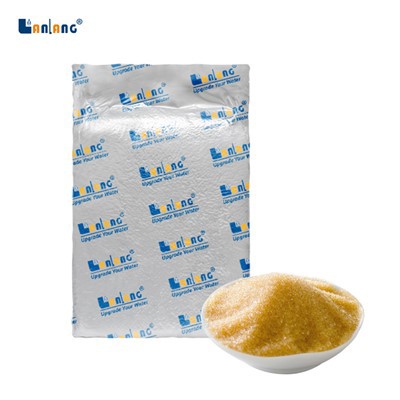Mixed bed regeneration is a critical process in water treatment applications. The process involves a complex series of steps designed to regenerate an exhausted mixed ion exchange bed. In this article, we will outline six tips to help optimize mixed bed regeneration processes and improve water treatment efficiency.
1. Ensure Proper Pre-treatment
Pre-treatment is essential to ensure effective mixed bed regeneration. Proper pre-treatment, such as the removal of suspended solids and organics, can help prevent fouling of the resin bed. Additionally, dechlorination is critical to avoiding damage to the anion resin during regeneration.
2. Use the Correct Regeneration Chemicals
Using the correct regeneration chemicals can significantly enhance the mixed bed regeneration process. For example, acid and caustic regeneration should be used to remove cations and anions, respectively. Additionally, the use of specialized chemicals such as chelating agents and oxidizing agents can improve the efficacy of the mixed bed regeneration process.
3. Optimize Flow Rate
Flow rate optimization is critical to ensuring uniform mixing and preventing channeling in the mixed bed regeneration process. Maintaining consistent flow velocity can help prevent the separation of cation and anion resins in the bed, leading to more effective regeneration.
4. Monitor Concentration Levels
Monitoring the concentration of regenerant chemicals in the feed stream is key to ensuring effective regeneration. High concentrations of regenerant chemicals may result in resin degradation and fouling, while low concentrations may lead to incomplete regeneration.
5. Monitor pH Levels
Regeneration of a mixed bed ion exchange system requires ph control to optimize performance. Monitoring pH levels is critical to ensuring optimal regeneration and resin bed conditioning. Low pH levels can result in resin fouling, while high pH levels can lead to resin degradation.
6. Use Proper Rinse Techniques
Removing residual regenerant chemicals from the ion exchange bed is critical to preventing fouling of the mixed bed. Proper rinsing techniques, such as a counter-flow rinse, can help ensure that all residual chemicals are removed from the ion exchange bed, resulting in optimal performance.
In conclusion, mixed bed regeneration processes can be optimized through proper pre-treatment, using the correct regeneration chemicals, optimizing flow rate, monitoring concentration and pH levels, and using proper rinse techniques. By applying these tips, water treatment facilities can enhance the efficacy of their mixed bed regeneration processes and ensure that their water treatment systems operate consistently and efficiently.


